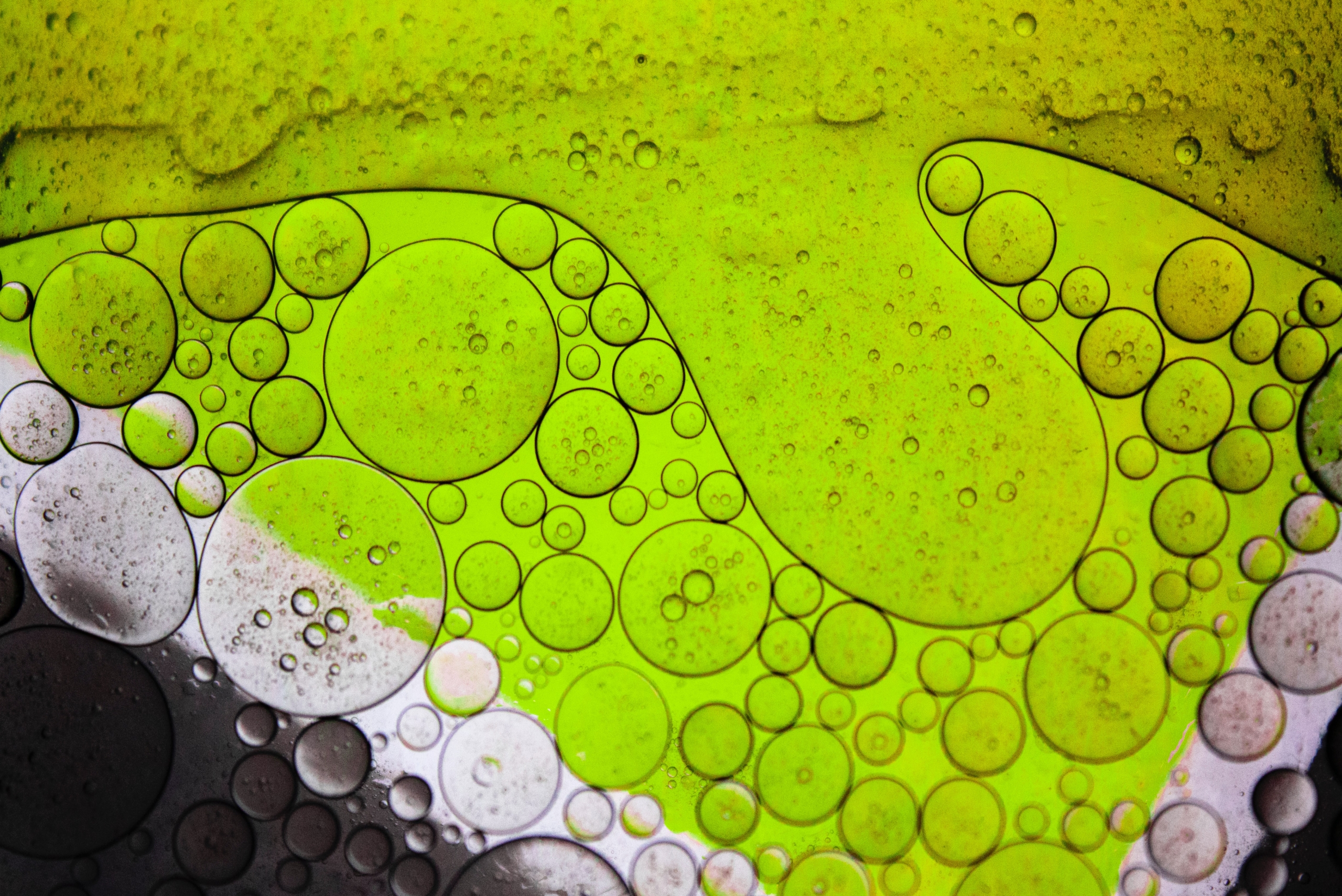Unlocking Microalgae Management in Shrimp Aquaculture
An Important Feed Source for the Aquaculture Industry
Microalgae are at the basis of all aquatic food chains, including those of the aquaculture industry. They are used as a feed product in many farming systems, including several growth stages of crustaceans, bivalve mollusks and fish species. They also provide an indirect feed source by serving as feed for zooplankton such as rotifers, Artemia and copepods, which are subsequently used as live feeds for the reared animals. But even without external dosing, they naturally occur as a part of the phytoplankton of any pond, and are an important bacterial control method (so-called “green water” farming).

Impact of Microalgae on Farm/Hatchery Management
To properly manage algae populations and to accurately predict the risk of an outbreak of toxin-producing algae, it is essential that farmers have insights in the algae health situation in the water and gut of the animals.
Microalgae can cause positive effects during the cultivation:
- Production of oxygen;
- Limiting eutrophication;
- Metabolizing nitrogenous waste products
- Production of bioactive compounds that control the bacterial community.
Microalgae can cause negative effects during the cultivation:
- Ideal algae growth conditions can cause rapid algae blooms and crashes;
- Algae species composition during blooms can change rapidly over time (often seen by farmers as different pond colors);
- Blue green algae (cyanobacteria) may produce toxins which are lethal to the shrimp.
Through these actions they control the bacterial community and this has been shown to lower disease incidence and to increase the stability of microbial system. However, some microalgae, often referred to as blue-green algae (cyanobacteria), produce toxins which can harm the cultivated organisms. In addition to toxicity problems, some species of blue-green algae can produce odorous compounds which can cause off-flavors of the cultivated organisms.
Where Can KYTOS Help?
Our standard service offering already includes exact quantification of algal abundances. We are happy to announce that over the last 6 months, our KYTOS toolbox has been further expanded with several algae-specific algorithms to empower farmers to make more informed management decisions.
Trophic index
The new KYTOS trophic index helps farmers to quantify the balance between heterotrophs (heterotrophic bacteria) and autotrophs (microalgae) in their system. This allows farmers to evaluate whether their intended management is effective (e.g. whether green water systems are dominated by autotrophs), to compare the autotroph/heterotroph balance across ponds, and to detect blooms/crashes at an early stage. See below for a commercial shrimp grow-out case on how we can use this indicator to examine our algae management performance:
- Two ponds on the same farm can have drastically different farming regimes (heterotroph / autotroph)
- These regimes are unknown to the farmer!
- The unstable pond experiences frequent blooms and crashes during the grow-out
- These blooms/crashes are often unknown to the farmer!
- Stable ponds go through a mixotrophic/autotrophic phase during the first 30 days
Taxonomic classification
The KYTOS toolbox has now also been updated with precise algorithms to detect and quantify the abundance of some of the most important microalgae in the aquaculture industry, including several cyanobacteria, Tetraselmis, Isochrysis, Chaetoceros and Thalassiosira. Many algal species have positive effects on the cultivation performance, while others can have disastrous effects. Therefore it is essential that farmers have insights into which algae are present in their system. For our Mediterranean enthusiasts, our algorithms will soon be expanded to include Chlorella and Nannochloropsis.
So how good are our algorithms today? See for yourself:
| Microalgae population | KytoFlow prediction accuracy (%) |
|---|---|
| Filamentous cyanobacteria | 99.3 |
| Other cyanobacteria | 99.1 |
| Tetraselmis | 95.6 |
| Isochrysis | 97.1 |
| Chaetoceros | 96.5 |
| Thalassiosira | 98.7 |
Putting this into practice, we can accurately identify and forecast the blooms of these important algae groups. Some key observations from one of our commercial trials:
- Algae blooms and crashes of both harmful and beneficial algae happen frequently during a cultivation (~every 10 days)
- Did you notice the sudden loss of the important Thalassiosira diatom population? This happened during early farm management, and resulted in the complete loss of this population during the cultivation
- Chaetoceros appears to be the most robust diatom in the ponds
- Filamentous cyanobacteria make up only a small part of all the cyanobacteria, but can be the most harmful to the shrimp!
Commercial service
Are you intrigued by our trophic index and algae identification algorithms? Looking for something else? Contact us now
1 Li Y, Boonprakob A, Gaonkar CC, Kooistra WHCF, Lange CB, Hernaândez-Becerril D, Chen Z, Moestrup Ø, Lundholm N. 2017. Diversity in the globally distributed diatom genus chaetoceros (bacillariophyceae): Three new species from warm-Temperate waters. PLoS One 12:1–38.
2 Dutertre M, Barillé L, Haure J, Cognie B. 2007. Functional responses associated with pallial organ variations in the Pacific oyster Crassostrea gigas (Thunberg, 1793). J Exp Mar Bio Ecol 352:139–151.
3 Liu Q, Pang T, Li L, Liu J, Lin W. 2014. Isochrysis sp. IOAC724S, a newly isolated, lipid-enriched, marine microalga for lipid production, and optimized cultivation conditions. Biomass and Bioenergy 60:32–40.
4 Egas C, Henríquez-Castillo C, Delherbe N, Molina E, Dos Santos AL, Lavin P, De La Iglesia R, Vaulot D, Trefault N. 2017. Short timescale dynamics of phytoplankton in Fildes Bay, Antarctica. Antarct Sci 29:217–228.
5 Ughy B, Nagy CI, Kós PB. 2015. Biomedical potential of cyanobacteria and algae. Acta Biol Szeged 59:203–224.
